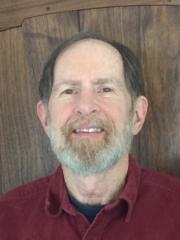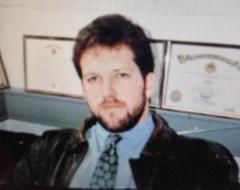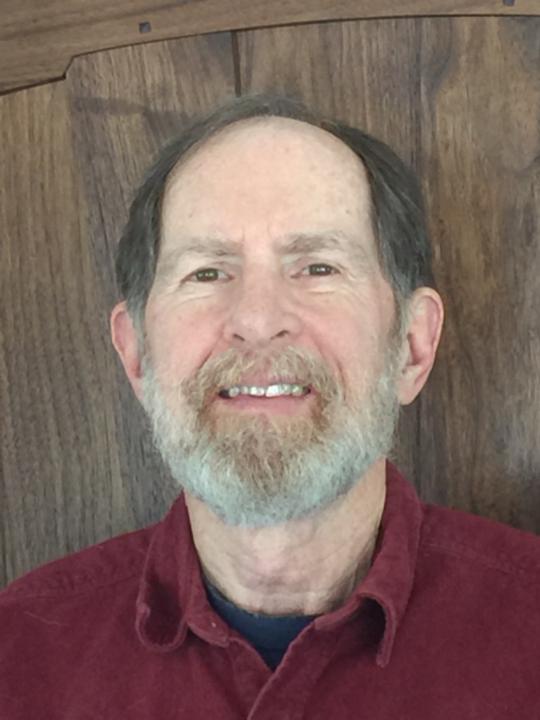Activity
Mon
Wed
Fri
Sun
Jan
Feb
Mar
Apr
May
Jun
Jul
Aug
Sep
Oct
Nov
Dec
What is this?
Less
More
Memberships
Building Resilience
92 members • $5/m
3 contributions to Building Resilience
Pagosa Springs Earth Day, April 19, Centennial Park, 10AM-2PM
I will have a table at this event (unless the weather turns really bad!) to talk about buildings conditioned by ambient energy, including my house. Stop by and visit, especially those planning on building in the area.
Introduction
I am a retired mechanical engineering professor, still doing research on buildings that are heated and cooled with ambient energy (from the sun, sky, air and ground). I developed a "FreeHeat" computer program to simulate such buildings. The program is intended for predesign to establish building characteristics (solar gains, internal heat gains, envelope losses, ventilation cooling, and thermal mass) that will maintain indoor comfort year-round without conventional heating and cooling systems. Whether you prefer classic or modern Passive Solar, Passive House, Earthship, or High Thermal Mass styles, this Ambient House design approach encompasses all of these and provides a quantitative prediction of hourly indoor temperature throughout the year. Based on these simulations, we built a house that is 99+% passive solar heated (we use a fireplace for up to about 20 hours per year) and 100% cooled by nighttime ventilation.
0 likes • Feb 28
@Ben Mengden FreeHeat doesn't do anything that can't be done with other programs, such as EnergyPlus and WUFI Plus. It is just much quicker and easier to use. It has just five inputs (in addition to the local weather file) and is set up to simulate a free-running building (with no mechanical heating and cooling equipment). It doesn't use a specific building geometry, which the other programs require. This makes it especially valuable during the initial phase of design before blueprints. It establishes values of the five parameters that will give the client their chosen indoor comfort temperature range. These then guide the design of the building during subsequent phases. Without simulations like this, one doesn't know what to expect of a new house. Some builders with a lot of experience in the same climate may have a good feel for how a new house will perform, but simulations give quantitative results that can be tweaked until they satisfy the client.
0 likes • Mar 3
@Ben Mengden Here is a GreenHome Institute webinar that provides more details on the approach to designing a 100% ambient-conditioned building. https://www.youtube.com/watch?v=5KHScgjTJtE A huge key is using Ambient Meteorological Year (AMY) weather data, which incorporates extreme weather events. Typical Meteorological Year (TMY), which almost everyone uses for conventional buildings, can result in a building that is frequently uncomfortable during many years of real weather.
Hello Everyone!
I've been interested in natural building techniques, designs, methods for several decades. I'm getting close to retirement and would like to build my "forever" home by then. I'm in the process of looking for land and starting to design. I'm a Colorado kiddo, so I got started with Dr. Amory Lovins and the Rocky Mountain Institute, when he built his place up in Snowmass. I've studied Dan Chiras, etc. and recently went from a CMU-based design in my head to a Earth Block focus. I look forward to learning so much more!
1-3 of 3
@keith-sharp-1908
ScD in Mechanical Engineering from MIT. Emeritus Professor of Mechanical Engineering at U Louisville. Ambient House owner/builder and researcher.
Active 213d ago
Joined Feb 26, 2025
Powered by


